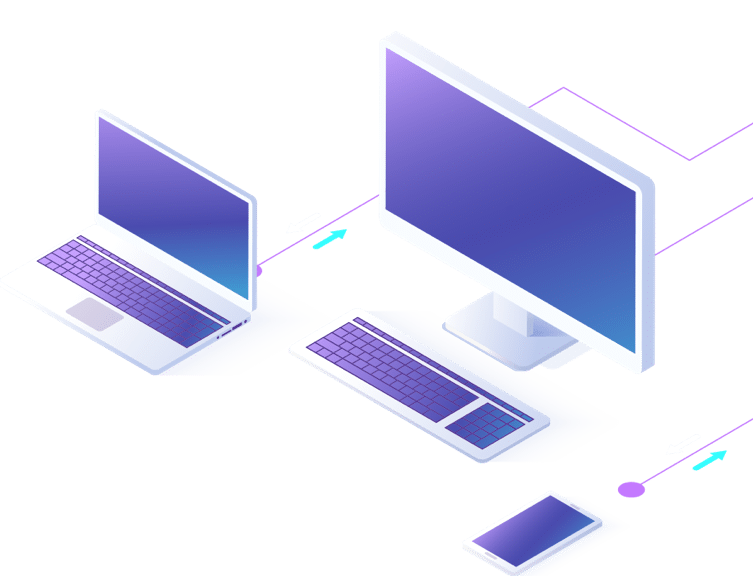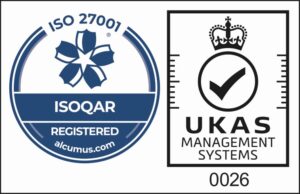What are some problems that Microsoft Azure could solve and how it would help a fast-growing company?
Microsoft Azure is a cloud computing platform that provides a wide range of services and features that can help fast-growing companies solve a variety of problems. Here are a few examples:
Scalability
As a fast-growing company, you may need to scale your IT resources quickly and easily to meet the demands of your business. Azure offers scalable compute, storage, and networking services that allow you to easily scale up or down as needed, without the need to purchase and maintain additional hardware.
Flexibility
Azure allows you to run a variety of different workloads, including virtual machines, containers, and serverless functions, which can help you to be more flexible and adapt to changing business needs.
Cost-efficiency
Azure allows you to pay only for the resources you use, which can help to reduce IT costs. Azure also offers a variety of pricing models, such as pay-as-you-go and reserved instances, which can help to further optimize costs.
Security
Azure offers a variety of security features and services, such as Azure Security Center, Azure Active Directory, and Azure Key Vault, which can help to secure your data and applications. This can give you peace of mind knowing that your data and applications are protected and comply with various regulatory requirements.
Global reach
Azure offers a global network of data centers, which can help fast-growing companies to reach customers and partners worldwide and provide low-latency access to data and applications.
Hybrid capabilities
Azure allows you to seamlessly connect your on-premises IT resources with cloud resources, which can help a fast-growing company to take advantage of the benefits of the cloud without having to rearchitect all their existing systems.
Development and deployment
Azure offers a wide range of services to support the development and deployment of applications, such as Azure DevOps, Azure Container Instances, and Azure Functions. These services make it easier to develop, test, and deploy applications quickly and efficiently, allowing the company to keep up with the fast pace of growth.
Overall, Microsoft Azure can be a valuable tool for fast-growing companies as it can help with scalability, cost-efficiency, security, global reach, hybrid capabilities, development, and deployment. It allows companies to be more agile and adapt to













